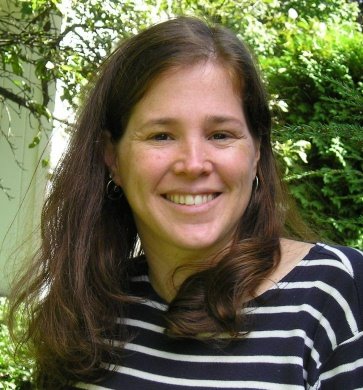
Today the class voted on our first read aloud of the year, and selected Julia's Kitchen. I wanted to alert all of you that this award winning book deals with the disturbing issue of the death of a parent and a sibling. The book is age-appropriate and highly lauded, but I'm sorry that I didn't give you a chance to weigh-in before I began the story.
Here are two reviews/synopses:
From School Library JournalGrade 4-6-The night her mother and sister die in a house fire, 11-year-old Cara is sleeping over at her friend Marlee's. As she gradually tries to adjust to life without them, she struggles with a sense of disbelief at her loss, her anger at her father for his reluctance to discuss the details of the fire and for hiding himself in his work, and her feelings of isolation from her classmates. She questions God's lack of power to keep her family safe, finally realizing that she cannot live without her Jewish faith. Cara takes strength from her beloved Bubbe and Zayde-her mother's parents-and from creating a family scrapbook. But healing and self-assurance finally come with her decision to continue her mother's home-based baking business-Julia's Kitchen. Ferber's characterization of suburban Cara is accurate and believable, although other characters are not as fully developed. A short glossary of Hebrew terminology and a recipe for chocolate chip cookies are appended. The novel's brevity and honesty will appeal to both Jewish and non-Jewish girls.
-Susan Scheps, Shaker Heights Public Library, OHCopyright © Reed Business Information, a division of Reed Elsevier Inc. All rights reserved.
From BooklistGr. 5-8. Eleven-year old Cara Segal regularly floats prayers up to God, nudging him to protect her family. This changes when Cara's mother, Julia, and sister die in a fire at their home, while Cara is at a sleepover. A few items survive the fire, including Julia's recipes and the several Jewish mezuzahs that once hung in their doorways. With her father lost in grief and unavailable to answer her questions, Cara wrestles with a range of emotions, mostly by herself. Relationships with grandparents and best friend, Marlee, are touching and authentic. After 41 days of being the only one who can make Cara smile, Marlee admits that she misses "the old Cara." Cara boosts her own faith and healing by secretly reviving her mother's home-based cookie business, Julia's Kitchen. The story may be too intense for some readers who are Cara's age, and a few plot details are confusing, but major themes about grief and healing are beautifully addressed in what turns out to be a strong debut novel.
Nancy KimCopyright © American Library Association. All rights reserved Best wishes for an easy fast and a g'mar chatima tova-
Amy












